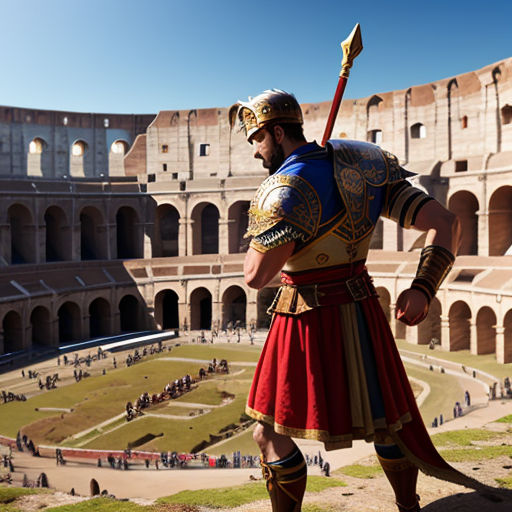
Shadows of the Colosseum
By Iker Sosa Medina

13 Aug, 2023
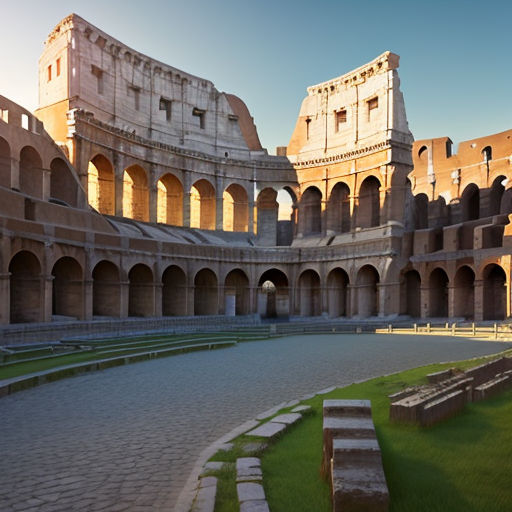
The sun begrudgingly set over Rome, casting long ominous shadows over the city's heart, the Colosseum. Its grandeur was as intimidating as the punishment that awaited those who defied the empire.

In ancient Rome, transgressors were not merely locked in cages. Their penalty was to serve as a macabre spectacle, entertaining the bloodthirsty crowds with their demise.
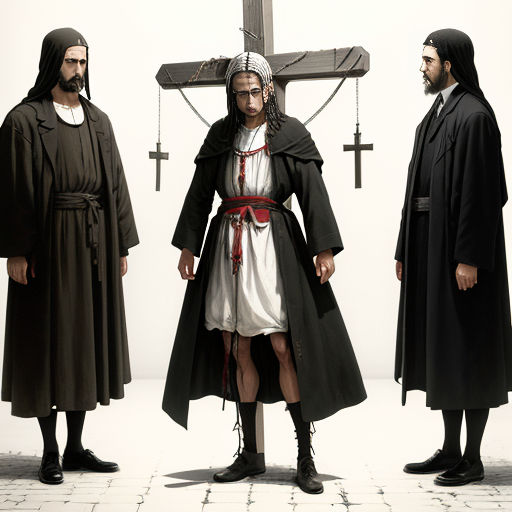
Among the various forms of capital punishment, crucifixion was a particularly gruesome method. Victims were nailed to a cross, their weight causing excruciating pain and eventual death.

Another punishment was decimation. Soldiers who fled the battlefield or were insubordinate were randomly chosen and clubbed to death by their comrades. A chilling example of Roman discipline.

Culprits could also be burnt alive, thrown from the Tarpeian Rock, or strangled in prison. The means of execution was often public and brutal, designed to instill fear and obedience.
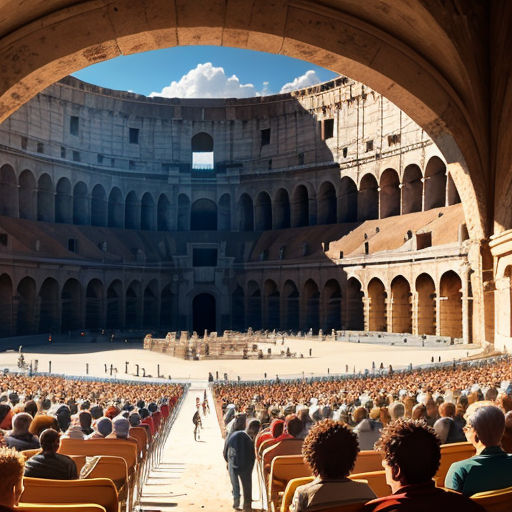
Among the worst punishments, being thrown to the beasts in the Colosseum always drew a crowd. The roar of the lions could be heard echoing through the streets of Rome.
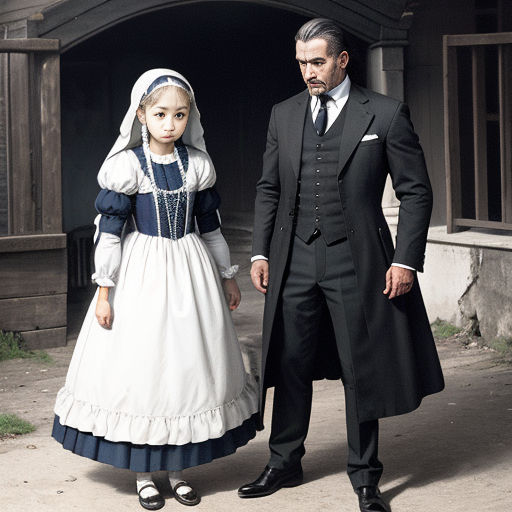
Then there was the punishment of 'Poena Cullei', reserved for those who had murdered their parents. This horrific penalty symbolized the tearing apart of familial bonds.

The culprit was fit into a leather sack along with a viper, a dog, a monkey, and a rooster, symbolizing the elements of earth, air, fire and water.
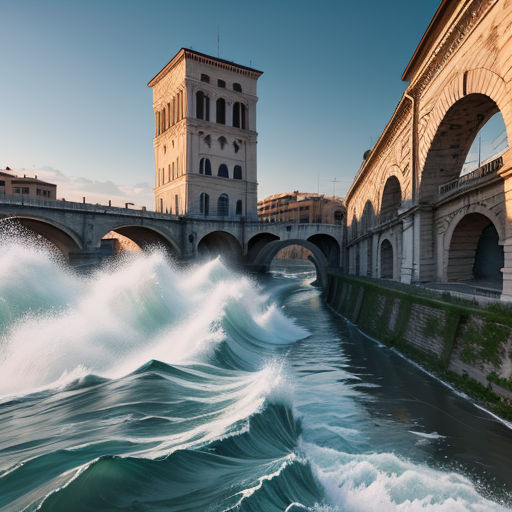
Then they were thrown into the Tiber River. As the river swallowed them, it was as if the empire was cleansing itself from the heinous crime.
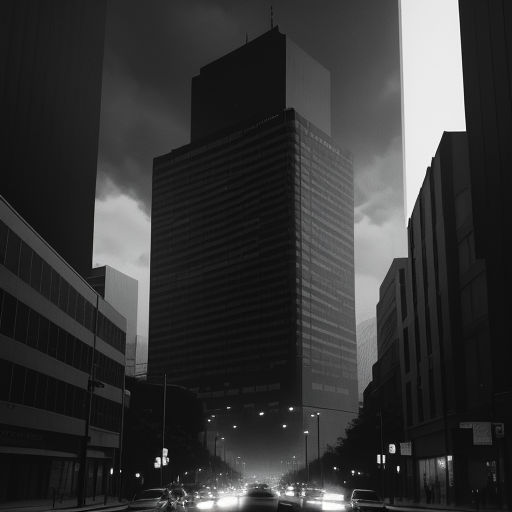
Capital punishment was not just about retribution, but also about control. The state, with its absolute power, endeavored to maintain the status quo by making examples of those who dared dissent.

As the night descended upon Rome, the city fell into an uneasy silence. The ghosts of those who had met their end in the Colosseum seemed to hang heavy in the air.

The Colosseum, once a platform for demonstrating the power and prowess of the empire, now stood as a grim reminder of its dark past.
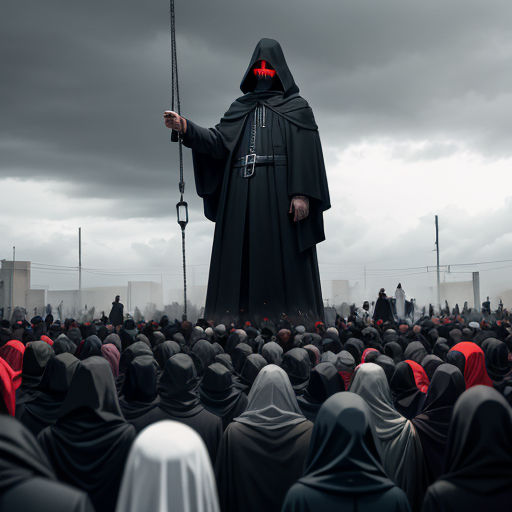
Public executions were more than just death sentences; they were entertainment, a circus of horrors designed to quench the thirst for blood in the name of justice.
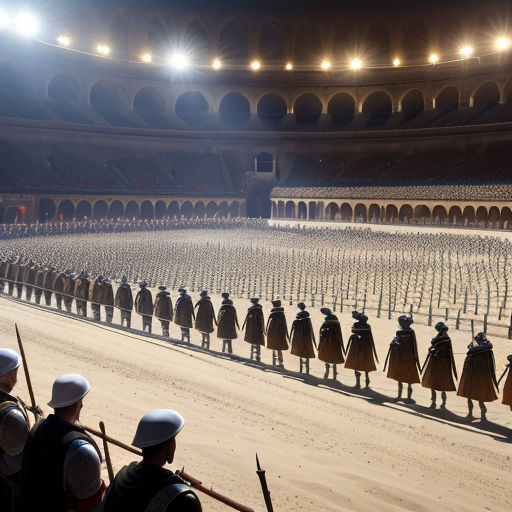
The crowds would cheer as the condemned were led into the arena, their cries of fear drowned out by the roaring approval of the masses.
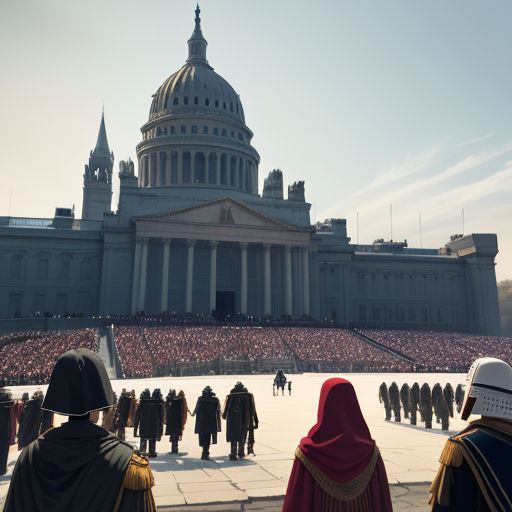
The citizens reveled in the spectacle, the force of the empire's justice both terrifying and awe-inspiring. It was a sobering reminder of the consequences of crossing the empire's rules.
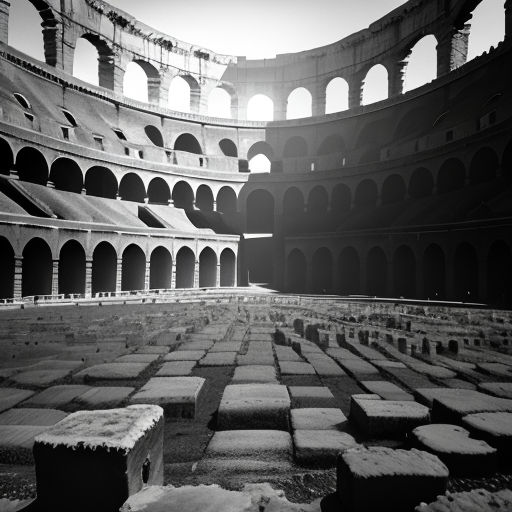
To the Romans, these executions served as a deterrent, a gruesome warning to anyone contemplating defiance. Yet, they also served as a stark reminder of the fragility of life.
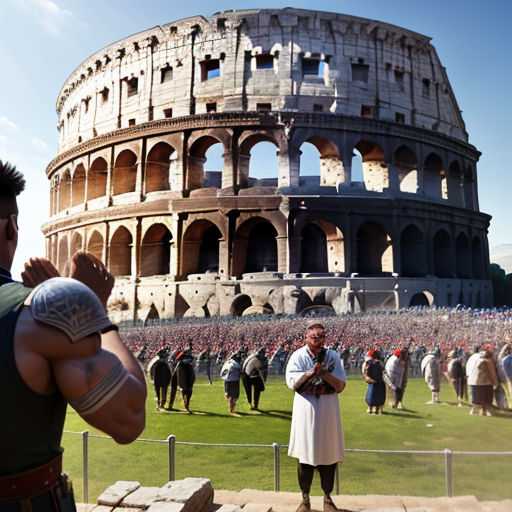
For all its grandeur, the Colosseum was also a place of pain and suffering. It was here that the hapless were put to death, their last moments serving as a spectacle for others.
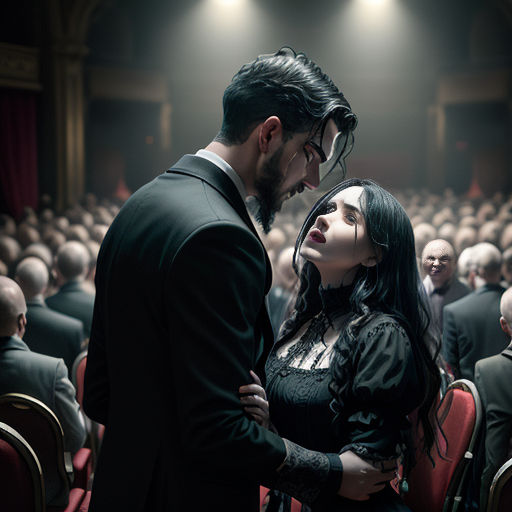
Behind the colossal stone walls, men and women met their tragic ends. It was a theater of the macabre, a venue where life and death were mere playthings for the spectators.
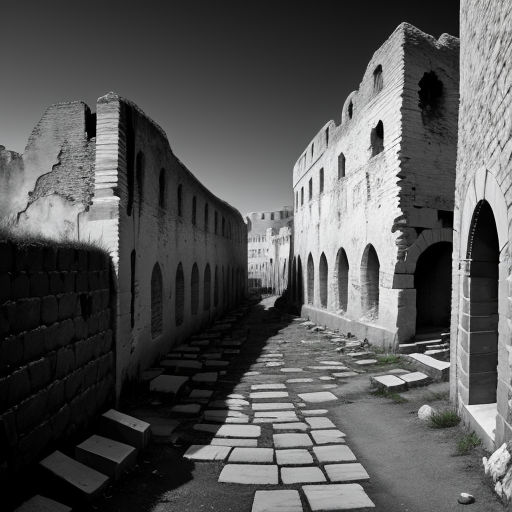
As the city slept, the echoes of the past reverberated through the empty corridors of the Colosseum. The once vibrant arena was now a silent testament to the shadows of cruelty.
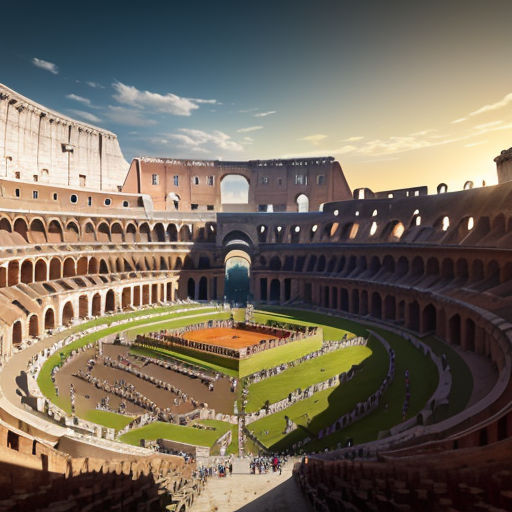
The Colosseum stood timelessly, bearing witness to the countless lives cut short within its confines. It was a stark reminder of humanity's capacity for brutality and a symbol of a bygone era's thirst for blood.
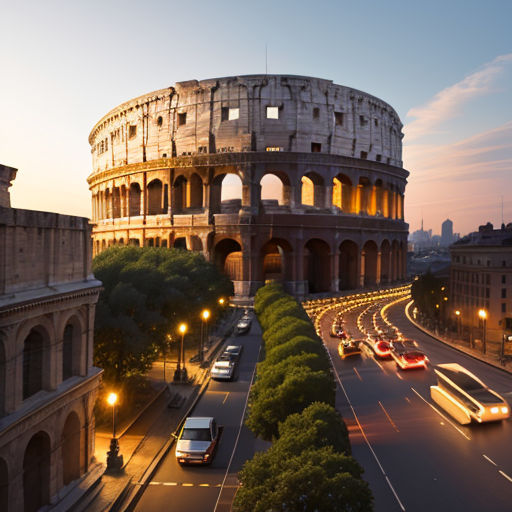
As dawn broke over Rome, the Colosseum came to life once again, its walls echoing with the ghosts of the past. Yet, the city moved on, its history a whispered tale among the cobbled streets.
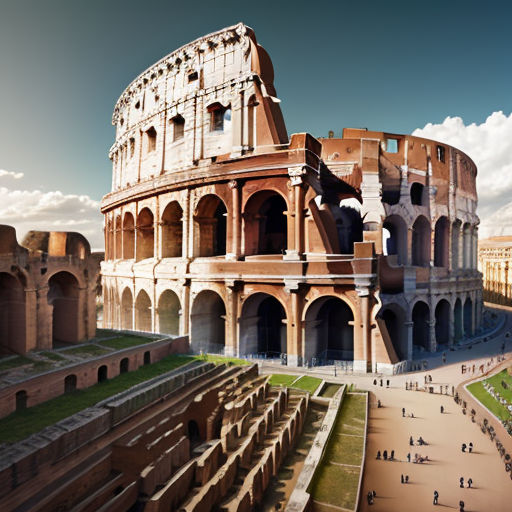
The Colosseum, once a symbol of Roman strength and power, now serves as a poignant reminder of a brutal past. Its grandeur lays in stark contrast with the cruelty it had once witnessed.
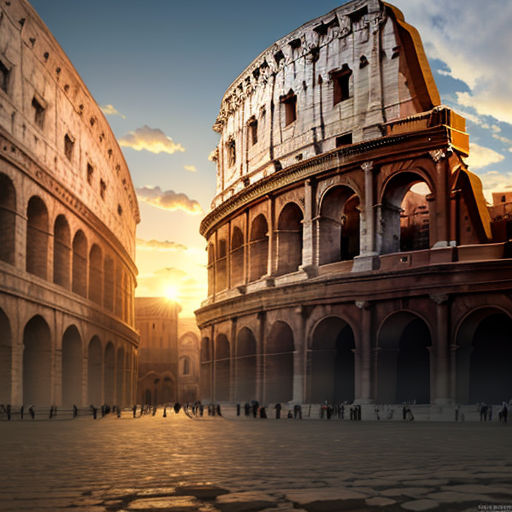
Today, the Colosseum stands not only as an architectural marvel but also as a monument to human life and dignity. The lessons it holds within its ancient walls are profound and timeless.

The echoes of the past still resonate in the Colosseum, serving as a stark reminder of the cost of power and the fragility of life. It's a testament to a time when life was cheap, and death was a spectacle.

As the sun rises over the eternal city, the Colosseum stands defiant, its shadows whispering tales of a time when law was absolute, and mercy was rare.